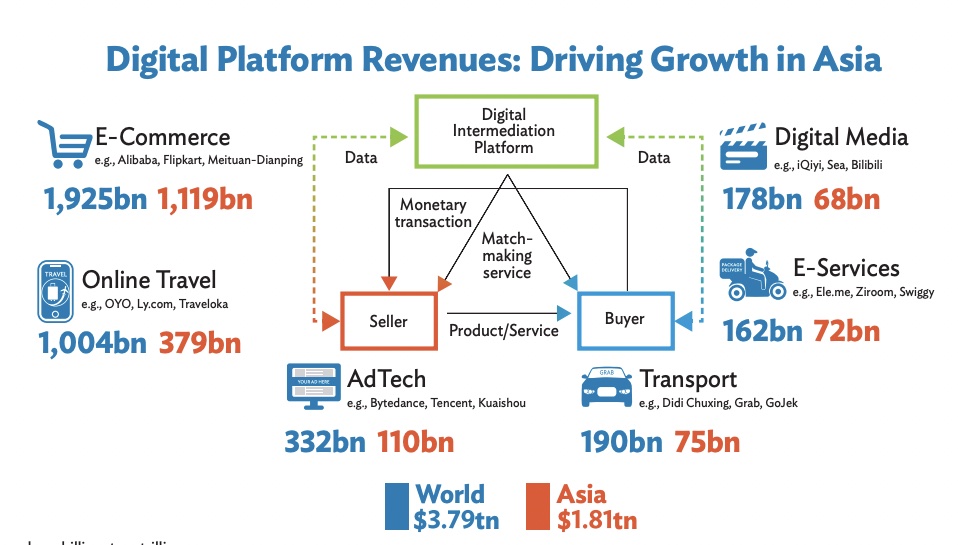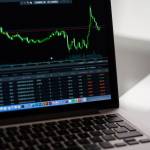A 20 per cent increase in the size of the digital sector could increase global output by an average of $4.3 trillion a year, a report by Asian Development Bank (ADB) has found.
Rapid digital growth in the aftermath of the pandemic could see Asia and the Pacific reap an annual economic dividend of more than $1.7 trillion over the next five years. It would also create an annual 65 million jobs in the region until 2025, with regional trade also increasing by $1 trillion yearly over the next 5 years.

In a new flagship publication, the Asian Economic Integration Report 2021, ADB looks at the role of digital technologies in contributing to inclusive and sustainable development, and how digital technology can spur post-pandemic recovery in the region, while managing the risks effectively.
“Countries in Asia and the Pacific have leveraged rapid technological progress and digitalization to recover and reconnect to the global economy during the pandemic. Technology is helping to forge new global linkages, which offer enormous economic opportunities, but also present new risks and challenges,” said ADB Chief Economist Yasuyuki Sawada.
“It is imperative to implement policies and regulations that manage the disruptions and maximise the gains from the burgeoning digital economy, and to lock in these gains through enhanced regional cooperation.”
Business-to-consumer revenues of digital platforms reached $3.8 trillion in 2019 globally, with Asia and the Pacific accounting for about 48% of the total, the equivalent of 6% of the region’s gross domestic product.
These figures are expected to have significantly increased in 2020 as more consumer transactions, such as taxi rides, food delivery, and e-commerce, were forced to migrate to the digital space amid national lockdowns and social distancing measures.
While the region’s trade performance was hit hard during the first half of 2020, it is expected to recover faster than anticipated, and much faster than many of the major Western economies. Asia’s merchandise trade volume growth was at its lowest year-on-year in May (-10.1%) but has gradually recovered and turned into positive in September.

































